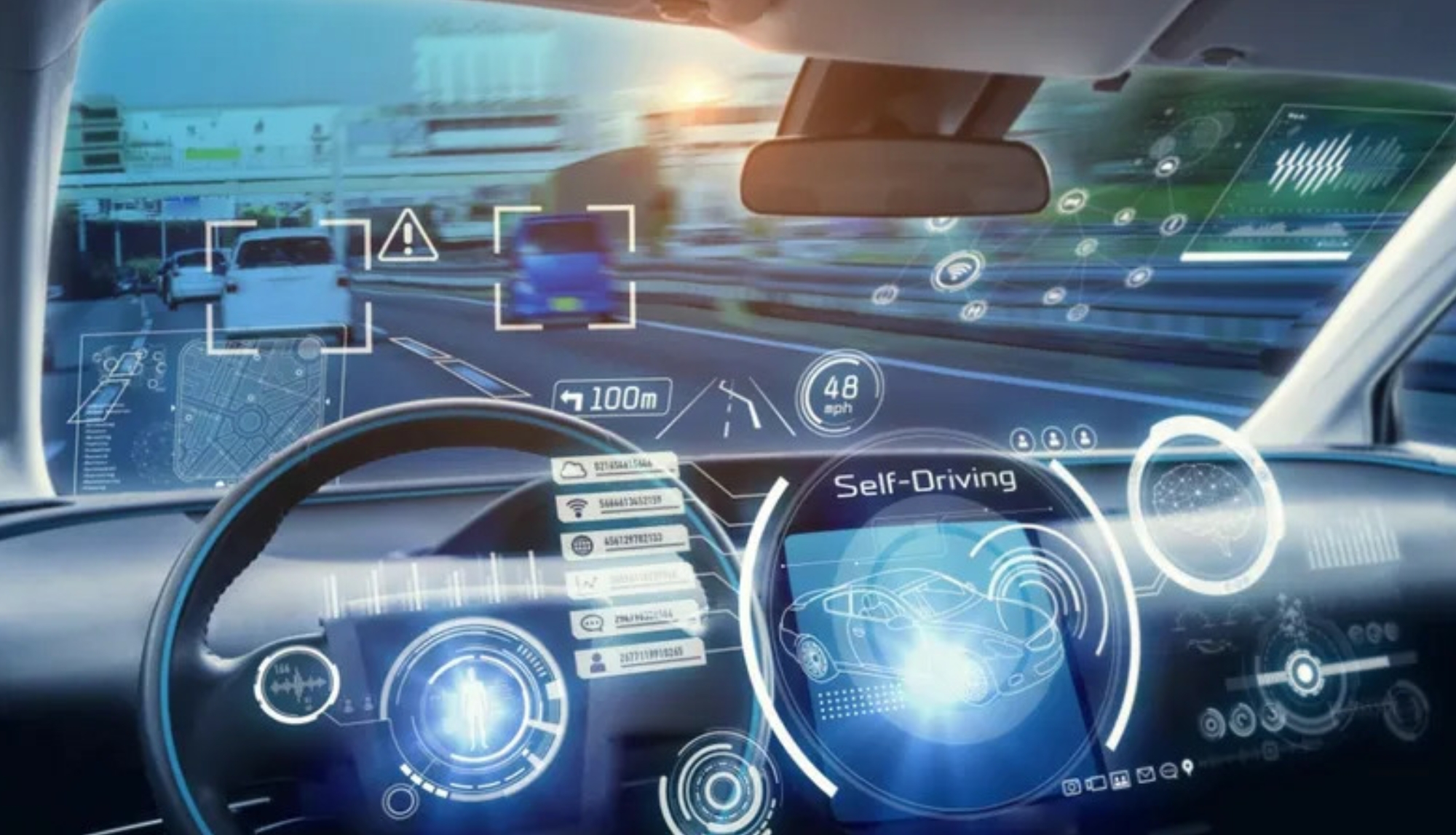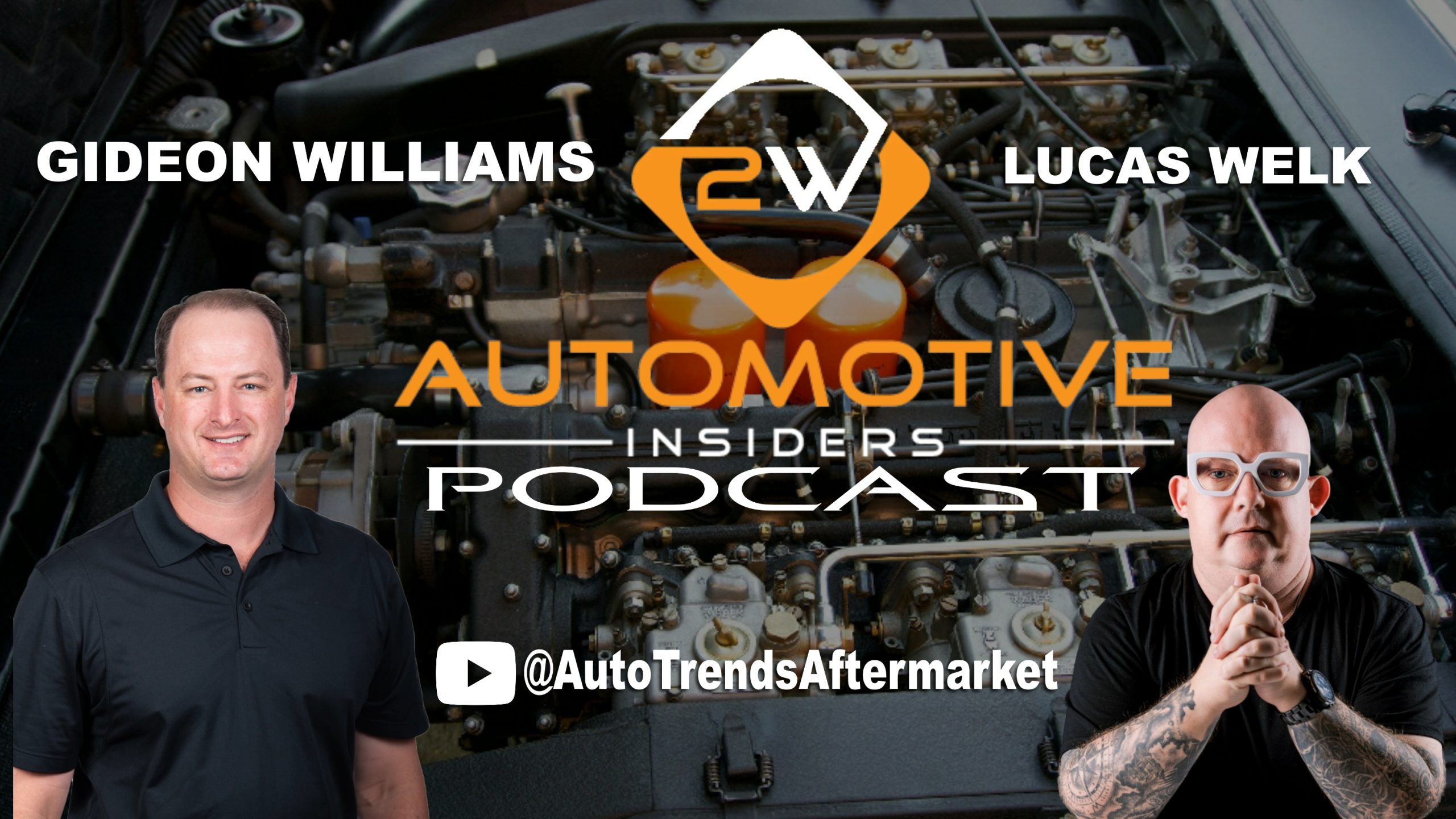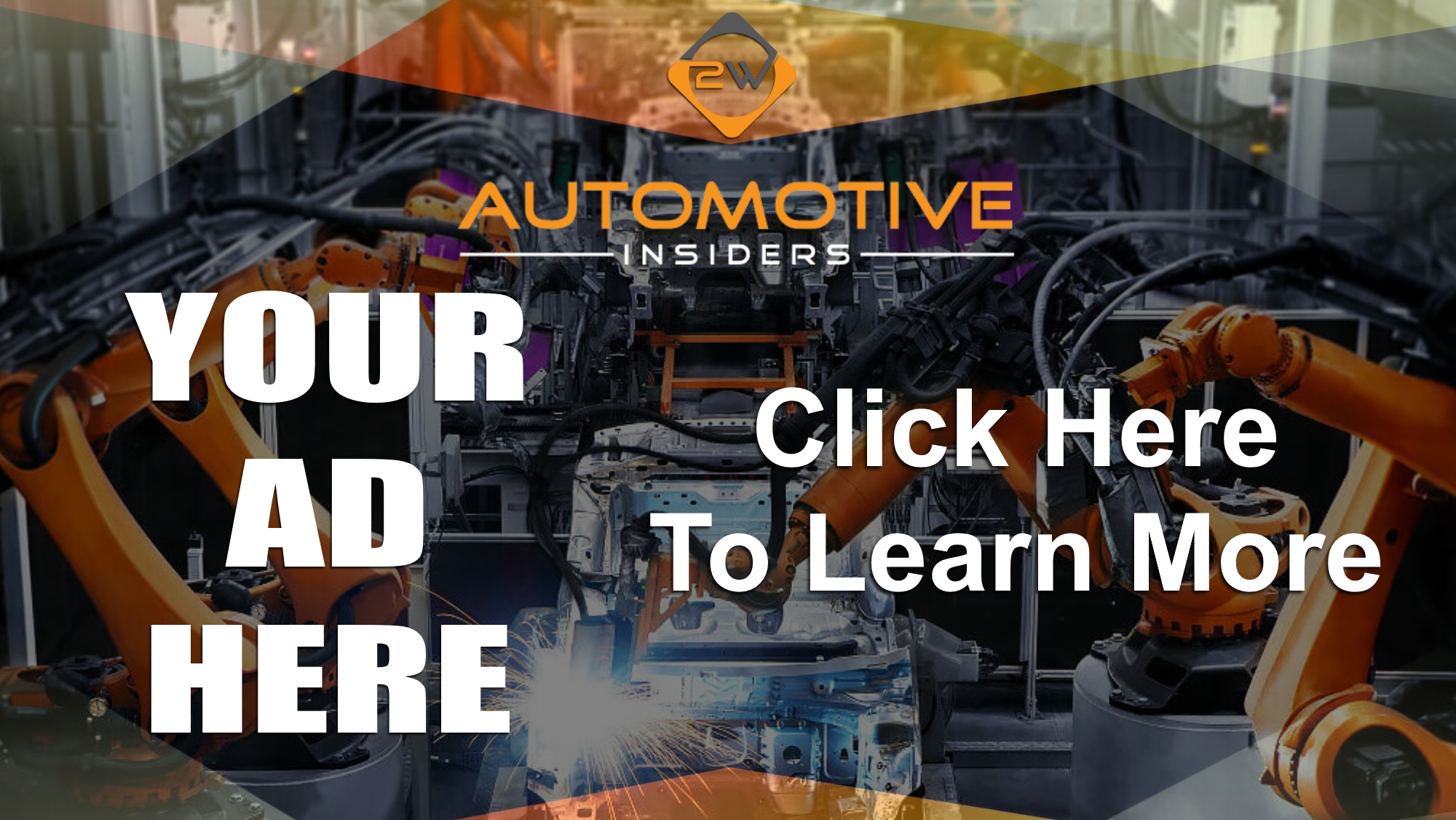
Navigating the Future: How Automakers Are Embracing AI and IoT in Original Equipment Design
The Changing Landscape of Automotive Design
The automotive industry is evolving at a breakneck pace, and much of this change is being driven by artificial intelligence (AI) and the Internet of Things (IoT). These technologies are not only transforming how cars are built but also how they function and interact with their environment. From smarter design processes to connected vehicles that “talk” to each other, AI and IoT are helping automakers push the boundaries of what’s possible. It’s a shift that promises safer, more efficient, and more personalized driving experiences for everyone.
Smarter, Faster Design with AI
Incorporating AI into the design process allows automakers to develop new vehicles faster and with greater precision. Traditionally, designing a car could take years, with endless prototypes and revisions. Today, AI-driven design tools can simulate performance, safety, and efficiency in a fraction of the time. For example, generative design algorithms can create thousands of potential designs for a single part, optimizing for weight, strength, and cost. This means that every component of a vehicle, from its chassis to its cup holders, can be engineered to perfection before it’s ever built.
IoT: Connecting Vehicles to the World
The IoT is taking vehicles to the next level by embedding them with sensors and communication systems that keep them connected to their surroundings. Cars can now share real-time data about traffic, road conditions, and even maintenance needs with other vehicles, infrastructure, and their owners. This connectivity improves safety, prevents breakdowns, and makes driving more efficient. Imagine a car that alerts you when a part is wearing out or automatically reroutes you to avoid an accident—this is the power of IoT in action.
Enhancing the Driver Experience
AI and IoT are also making cars smarter and more intuitive for drivers. Advanced driver-assistance systems (ADAS) use AI to recognize road signs, detect obstacles, and even take control to prevent accidents. Meanwhile, IoT-enabled features like voice-controlled infotainment and remote diagnostics make life more convenient. Automakers are now focusing on creating vehicles that don’t just take you from point A to point B but adapt to your needs and preferences, offering a truly personalized driving experience.
Collaboration Across the Industry
The adoption of AI and IoT in original equipment design isn’t happening in isolation. Automakers are teaming up with tech companies, startups, and even governments to develop and implement these technologies. Collaborative efforts are driving advancements in areas like smart cities, where vehicles communicate seamlessly with traffic lights and parking systems. These partnerships are crucial for creating an ecosystem where AI and IoT can thrive, benefiting not just individual drivers but society as a whole.
Driving Into the Future
As automakers embrace AI and IoT, the future of vehicle design and functionality looks more promising than ever. These technologies are making cars safer, smarter, and more efficient, while also transforming how they’re built. The road ahead is full of possibilities, from fully autonomous vehicles to cities designed with connected cars in mind. By leveraging AI and IoT, automakers are not just navigating the future—they’re shaping it, one innovation at a time.
OEMs in the Electric Era: Strategies for Automakers to Stay Ahead of the EV Revolution

Embracing the Shift Toward Electrification
As the automotive industry stands on the brink of a seismic shift toward electrification, Original Equipment Manufacturers (OEMs) find themselves in a race against time. The growing demand for electric vehicles (EVs) is not just a fleeting trend but a profound transformation driven by environmental concerns, regulatory pressures, and changing consumer preferences. Consumers are increasingly seeking sustainable and innovative transportation solutions. For automakers, the challenge lies not merely in producing electric cars but in deeply embedding electrification into their corporate culture and strategy. Embracing this technological shift will be paramount for OEMs aiming to thrive in the coming electric era.
Innovating in Technology and Design
To stay competitive in the evolving marketplace, automakers must prioritize innovation in both technology and design. This means investing in cutting-edge battery technology that not only extends driving range but also reduces charging times. Partnerships with tech companies specializing in software and autonomous driving can further enhance the allure of EVs. Additionally, as consumer expectations evolve, distinctive design that marries aesthetics with functionality will play a crucial role. Automakers must be willing to break from traditional designs and experiment with fresh concepts that resonate with modern eco-conscious drivers, distinguishing their electric offerings from the competition.
Focusing on Sustainable Supply Chains
Sustainability extends beyond the vehicles themselves; it encompasses the entire supply chain. As OEMs ramp up production of EVs, they must rethink how raw materials are sourced and how components are manufactured. Establishing transparent and ethical supply chains will not only ensure compliance with environmental regulations but also resonate with consumers who prioritize corporate responsibility. Engaging in lifecycle analysis to minimize the environmental impact of manufacturing processes and exploring alternative materials could position automotive brands as leaders in sustainability. By showcasing their commitment to responsible sourcing and production practices, OEMs can strengthen their brand loyalty among environmentally conscious consumers.
Enhancing the Charging Infrastructure
For electric vehicles to gain widespread adoption, a robust charging infrastructure is essential. Automakers must play an active role in shaping this ecosystem, whether by investing in charging networks, collaborating with various stakeholders, or even developing charging solutions for homes and businesses. Offering incentives for customers to install home chargers or providing free charging in key locations can also enhance the convenience of owning an EV. By addressing this critical aspect of the EV experience, OEMs not only improve customer satisfaction but also encourage potential buyers to make the leap into electrification with confidence.
Building Community and Brand Loyalty
As consumers transition to electric vehicles, creating a community around the brand becomes increasingly valuable. OEMs should foster engagement through social media, forums, and events that connect current and prospective owners. By sharing success stories of EV users, providing educational resources about charging options, and engaging in discussions about sustainability, automakers can cultivate a loyal customer base that feels invested in the brand’s mission. This sense of belonging can lead to long-term loyalty and organic brand advocacy, as satisfied customers become ambassadors for not just their vehicles but the broader vision of sustainable transportation.
Future-Proofing Through Continuous Learning
As technology continues to evolve, it’s vital for OEMs to embrace a culture of continuous learning and adaptation. Staying ahead of trends in consumer behavior, technological advancements, and regulatory frameworks will be essential in the rapidly changing automotive landscape. Investing in R&D, participating in industry forums, and nurturing relationships with academic institutions can ensure that automakers remain at the forefront of innovation. Regularly seeking feedback from customers about their experiences can also provide invaluable insights that inform future developments. By fostering an agile mindset, OEMs can not only navigate the challenges of the electric era but champion the wave of innovation that is shaping the future of mobility.
In summary, as the electric era unfolds, OEMs have a unique opportunity to lead the charge toward a more sustainable and innovative automotive landscape. By embracing electrification wholeheartedly, innovating in technology and design, focusing on sustainable practices, enhancing charging infrastructure, building community, and committing to continuous learning, automakers can remain competitive and relevant. The EV revolution is not just about producing vehicles but also about collaborating with customers and communities to build a better, greener future for all. Through thoughtful and strategic approaches, OEMs can secure a prominent position in the electric automotive landscape and drive change for generations to come.
The OEM-Aftermarket Shift: How Automakers Are Innovating Parts Supply for a Sustainable Future

Introduction: Knowing the Shift
As the automotive industry pivots to a more sustainable future, the relationship between Original Equipment Manufacturers (OEMs) and the aftermarket is undergoing a significant transformation. Traditionally dominated by independent suppliers, the aftermarket is now seeing OEMs stepping in to take a more active role in parts supply. This shift is driven by a growing consumer demand for quality, durability, and sustainability. As automakers rethink how they design, produce, and distribute replacement parts, they aim not only to enhance customer satisfaction but also to contribute to a circular economy that minimizes waste and maximizes resource efficiency.
The Rise of Sustainable Manufacturing Practices
The push towards sustainability has prompted OEMs to reconsider their manufacturing processes deeply. Many are adopting greener technologies and practices that align with eco-friendly principles. This includes utilizing recycled materials in parts production, reducing energy consumption, and optimizing supply chains to minimize their carbon footprints. By shifting toward sustainable manufacturing, automakers are not only meeting regulatory requirements but are also appealing to an increasingly environmentally conscious consumer base. As customers prioritize brands that showcase their commitment to sustainability, OEMs can build loyalty by integrating these practices into their parts supply strategies.
Innovating for Quality and Reliability
One of the main advantages of OEM parts is their inherent quality assurance. As automakers take on a larger role in the aftermarket, they are focusing on ensuring the durability and reliability of replacement parts. By leveraging advanced manufacturing technologies, such as 3D printing and artificial intelligence, OEMs can produce high-quality components more efficiently and cost-effectively. This commitment to quality helps consumers feel confident in their purchases, knowing that they are receiving parts that meet the original specifications of their vehicles. In this way, the OEM-Aftermarket shift not only enhances consumer trust but also encourages safer and longer-lasting use of vehicles.
Building a Digital Ecosystem for Parts Supply
The integration of digital technologies into supply chains is transforming how OEMs manage parts distribution. By creating a robust digital ecosystem, automakers can provide real-time data on parts availability, lead times, and delivery options. This transparency allows consumers and service providers to make informed purchasing decisions quickly. Additionally, enhanced digital platforms, such as mobile apps and online marketplaces, simplify the process of finding and ordering replacement parts. As a result, OEMs can establish stronger connections with repair shops and consumers, ensuring that they are not only part of the vehicle’s life but also integrated into its maintenance journey.
Collaborating with Aftermarket Stakeholders
To navigate this evolving landscape successfully, OEMs are increasingly recognizing the value of collaboration. Rather than viewing independent aftermarket suppliers as competitors, many automakers are actively seeking partnerships within the ecosystem. By sharing insights, resources, and best practices, OEMs and aftermarket suppliers can work together to develop innovative solutions that benefit both parties. This collaborative approach fosters a more holistic supply chain, ensuring consumers receive high-quality parts while supporting sustainability goals. Moreover, such alliances can drive the development of standardized practices within the industry, making it easier for consumers to adopt sustainable options.
A Vision for the Future
As the OEM-aftermarket shift continues to unfold, the road ahead presents exciting opportunities and challenges. Automakers are not only reevaluating their role in parts supply but are also redefining their relationships with customers, repair shops, and the broader ecosystem. By emphasizing sustainability, quality, digital integration, and collaboration, OEMs can lead the way toward a more resilient automotive industry. As this transformation takes shape, consumers can look forward to an enhanced experience, knowing that their vehicles are supported by innovations that prioritize both performance and sustainability. Together, OEMs and aftermarket stakeholders can drive the future of mobility in a way that respects our planet and the communities we serve.
In conclusion, the OEM-aftermarket shift represents a pivotal moment for the automotive industry. By embracing these changes, automakers are setting the stage for a sustainable future that values quality, innovation, and collaboration. As consumers increasingly demand eco-friendly practices and reliable parts, the onus is on both OEMs and aftermarket suppliers to create a supply chain that meets these expectations. This shift not only enhances customer satisfaction but also aligns with the global imperative for sustainable practices, ultimately paving the way for a brighter, more responsible automotive landscape.





